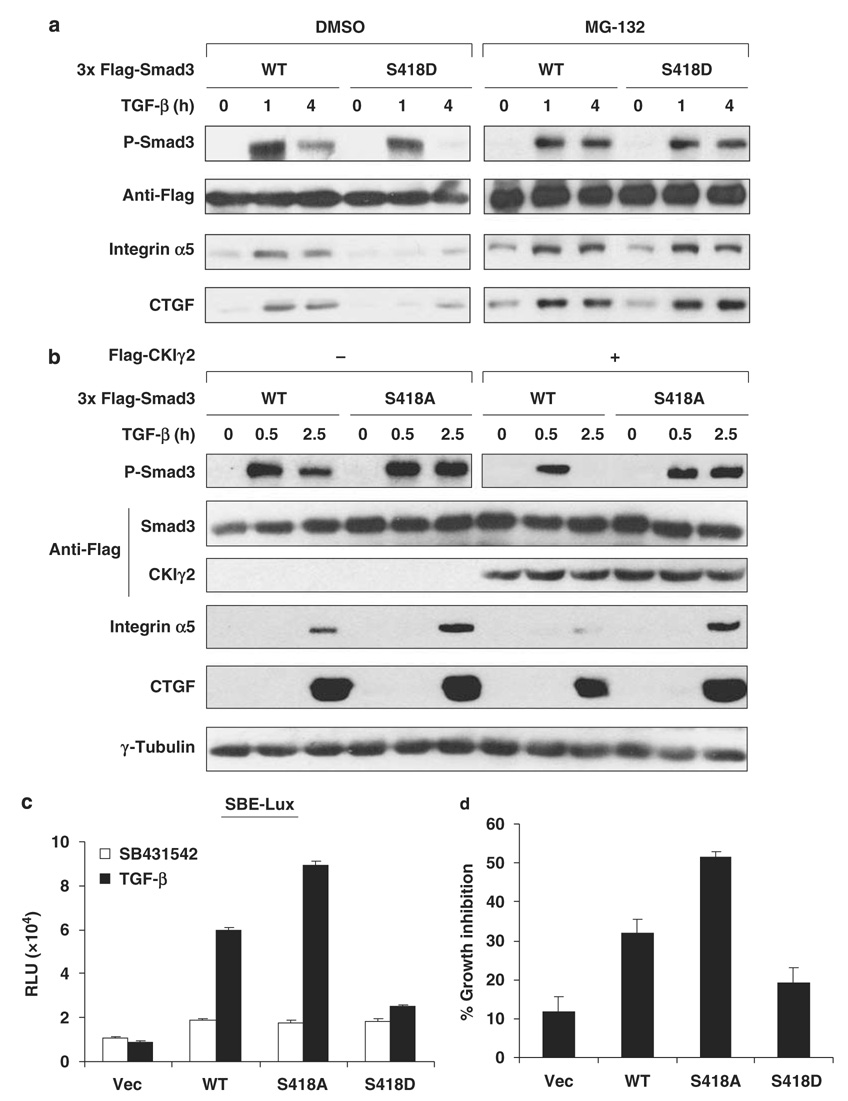Figure 6. Ser418 phosphorylation regulates Smad3 stability and activity following TGF-β treatment.
(a) MEFs expressing Smad3(WT or S418D) were treated with TGF-β (50 pm) for the indicated time course in the absence or presence of 20 µm MG-132. Induction of Smad3 target genes and Smad3 tail phosphorylation are shown. (b) MEFs were transfected with Smad3(WT or S418A) and CKIγ2 (or a vector control). After TGF-β (50 pm) treatment for the indicated time course, induction of Smad3 target genes and Smad3 tail phosphorylation were analysed. (c) Smad3-null MEFs were co-transfected with the SBE-Lux reporter and a vector control or the indicated Smad3 variants. Luciferase activity was measured after treatment with SB431542 or 100 pm TGF-β. (d) HepG2 cells expressing a vector control or the indicated Smad3 variants were treated with or without TGF-β (200 pm) for 16 h. The extent of growth inhibition (with reference to untreated cells) under each condition is shown. MEFs, mouse embryonic fibroblasts; TGF-β, transforming growth factor-beta; WT, wild-type.

